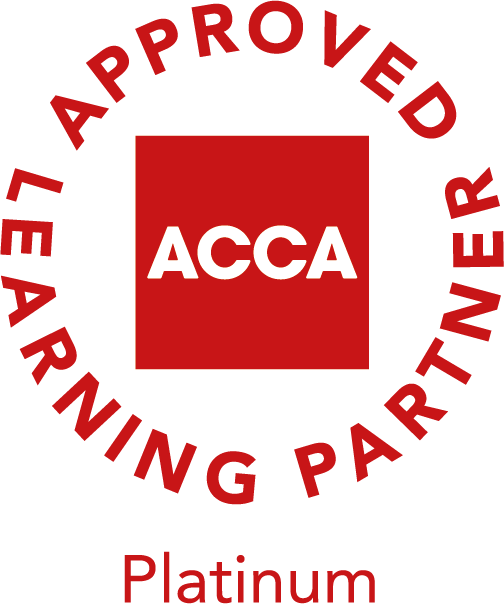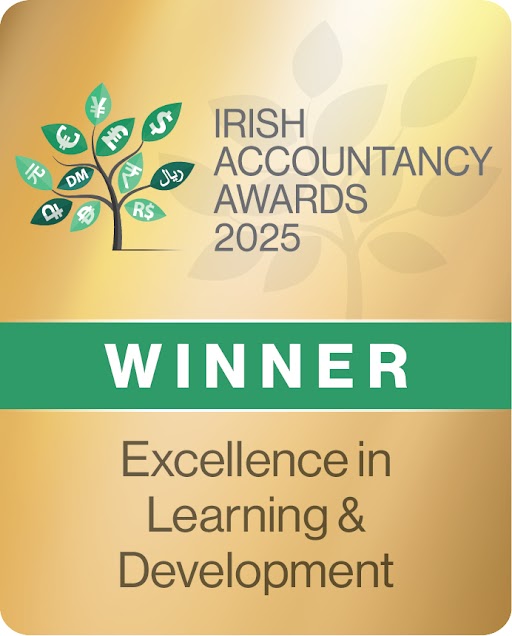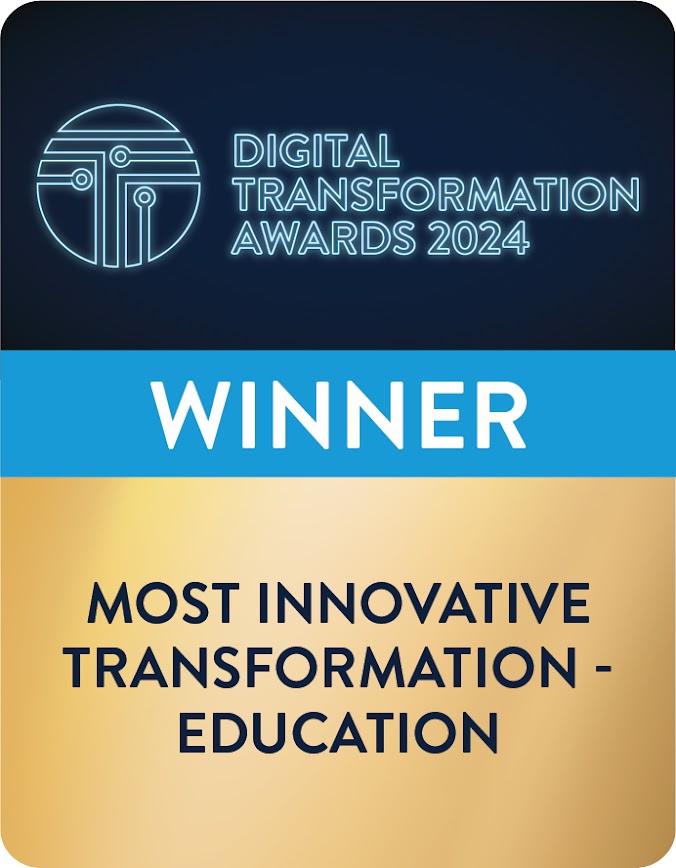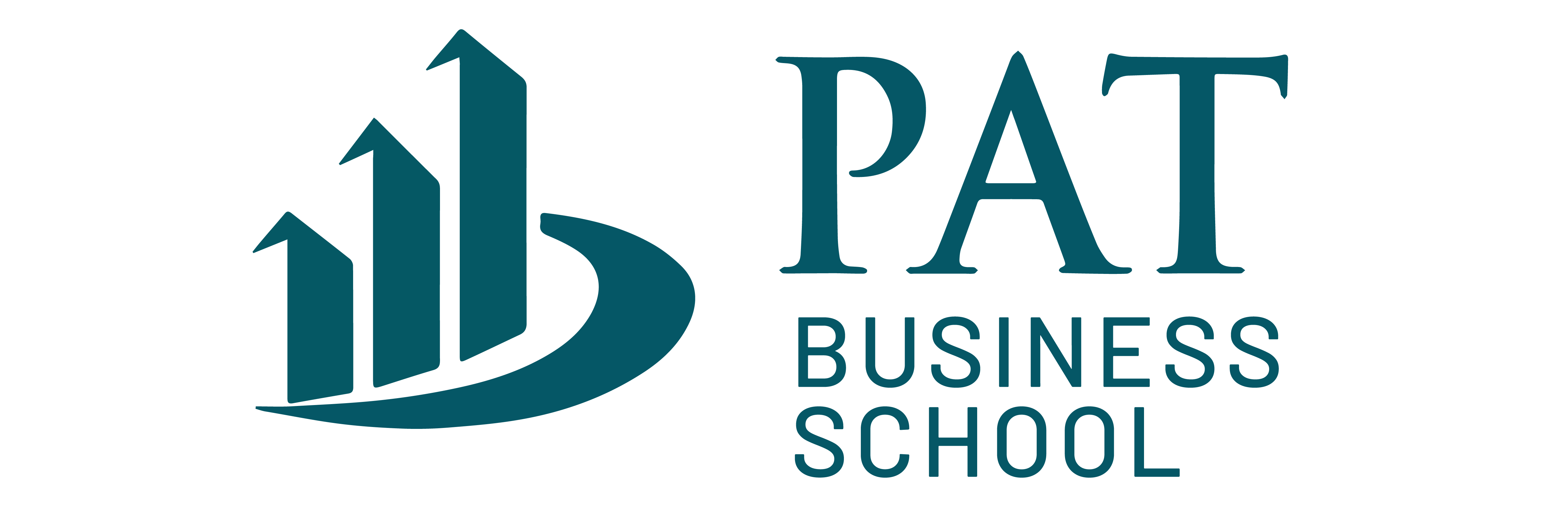Description
Programme Introduction
The financial services industry is undergoing a significant transformation driven by the rise of digital assets and decentralized finance (DeFi). As these technologies and emerging asset class disrupt traditional finance (TradFi), there is a growing need for professionals who can bridge the gap between these two worlds. This course aims to address this need by providing finance professionals with a deep understanding of digital assets, regulatory frameworks, and risk management practices. By equipping participants with the necessary skills and knowledge, this course enables them to successfully navigate the evolving landscape, ensuring they can contribute effectively to the digital asset sector and facilitate the convergence of TradFi and DeFi.
This 8-week course, “Bridging the Gap: Risk & Compliance for Digital Assets in the Converging World of TradFi and DeFi,” is designed for finance professionals seeing exposure to digital assets within their current or planned roles or who are seeking to transition from traditional finance roles to the rapidly evolving world of digital assets and decentralized finance. Also suitable for Defi/DLT professionals who are seeking to bring new products and assets to the TradFi or institutional markets, the course provides a comprehensive overview of distributed ledger technology, blockchain ecosystems, digital asset types, and the global regulatory framework governing digital assets. It delves into risk management practices, compliance obligations, and the development of effective compliance programs tailored for digital asset service providers. Through a blend of theoretical knowledge, practical case studies, panel discussions with industry experts, and group activities, participants will gain the necessary skills to navigate the convergence of TradFi and DeFi, ensuring they are well-prepared to manage risks, comply with regulations, and take advantage of the opportunities offered by the digital assets sector.
Programme Delivery
• Total Duration: 32 hours (8 weeks @ 4 hours per week)
• Blended – a mixture of live-on-line tutorials and asynchronous on-demand content.
The blended delivery facilitates guest lectures and panel discussions with industry practitioners and thought leaders in the Digital Assets ecosystem.
Programme Start Date
Wednesday, October 30th 2024
Programme Fee
€750
Certification
This programme is certified by PAT Business School and endorsed by industry practitioners. Graduates of the programme will be recognised as Certified Risk & Compliance Professionals in Digital Assets (CRCP-DA).
Programme Objectives
- Understand Distributed Ledger Technology (DLT) and Blockchain:
- Gain a foundational understanding of blockchain technology, distributed ledger systems, and consensus mechanisms and their implications for financial services.
- Explore Digital Asset Types and Use Cases:
- Learn about various digital assets, including cryptocurrencies, stablecoins, NFTs, and tokenized assets, and their applications in financial transactions and beyond.
- Navigate the Global Regulatory Landscape:
- Familiarize with key regulations, standards, and supervisory approaches affecting digital asset service providers across different jurisdictions.
- Implement Risk Management Strategies:
- Identify, assess, and mitigate operational, financial, cybersecurity, and compliance risks associated with digital assets.
- Develop Compliance Programs:
- Design and implement effective compliance programs tailored to the needs of digital asset service providers, incorporating best practices and technological solutions.
- Analyze Real-World Case Studies:
- Examine real-world scenarios involving compliance failures and successes in the digital asset space and extract valuable lessons for practical application.
- Facilitate the TradFi to DeFi Transition:
- Equip traditional finance professionals with the skills and knowledge required to transition to roles within the digital asset ecosystem and understand the convergence between TradFi and DeFi.
Target Learners
Traditional Finance Professionals:
- Individuals currently working in traditional finance roles such as banking, investment, asset management, and financial consulting who wish to transition to the digital asset sector.
Compliance and Risk Management Professionals:
- Compliance officers, risk managers, and auditors in financial institutions looking to upskill in digital asset compliance and risk management.
Regulatory and Legal Professionals:
- Lawyers, regulators, and policymakers involved in the financial services industry who need to understand the regulatory landscape and compliance requirements for digital assets.
DLT/DeFi Professionals
- Business Development, Product, and operations professionals seeking a better understanding of TradFi risk and compliance culture to help them develop compelling offerings and business cases to secure, develop, and retain intuitional investment, understand the regulatory guardrails in place, and assure investor protection and systemic stability.
Financial Technology (FinTech) Enthusiasts:
- Professionals and entrepreneurs in the FinTech space interested in expanding their knowledge of digital assets and blockchain technology.
Academics and Researchers:
- Academics, researchers, and students focused on financial technology, digital assets, and blockchain seeking practical insights and real-world applications.
Technology Professionals:
- IT specialists, cybersecurity experts, and software developers who are working with or interested in digital assets and blockchain technology.
Business Leaders and Entrepreneurs:
- Executives, business leaders, and startup founders looking to integrate digital assets into their business models and understand the compliance landscape.
Investors and Financial Analysts:
- Individuals and professionals involved in investment analysis and portfolio management who wish to gain a deeper understanding of digital assets and their associated risks and regulatory requirements.
Policy Makers and Government Officials:
- Individuals involved in the formulation and implementation of policies related to digital assets and financial regulations.
This course is suitable for anyone aiming to understand the convergence of traditional and decentralized financial services and develop the expertise needed to excel in the digital asset sector.
Assessment Strategy
Objective: To evaluate participants’ understanding and ability to design and implement an effective and efficient risk/compliance framework for virtual asset service providers (VASPs).
Practical Task:
-
- Purpose: To assess participants’ practical skills in designing a risk/compliance framework tailored to a hypothetical VASP.
- Format: Participants will be given a scenario involving a hypothetical VASP and will be required to design a risk and compliance framework. This will include creating policies, outlining procedures, and identifying key risk mitigation strategies.
- Example Task:
- Design a compliance framework for a hypothetical VASP that includes KYC/AML policies, monitoring and reporting mechanisms, and risk management procedures. Provide a detailed implementation plan and discuss how to ensure continuous improvement and adaptation to regulatory changes.
Assessment Criteria:
- Understanding of Key Concepts:
- Demonstrated knowledge of blockchain technology, digital asset types, and regulatory frameworks.
- Analytical Skills:
- Ability to critically analyze compliance challenges and propose well-reasoned solutions.
- Practical Application:
- Effectiveness and feasibility of the proposed risk/compliance framework.
- Clarity and Structure:
- Clear and logical presentation of ideas, including well-structured arguments and conclusions.
- Comprehensiveness:
- Thoroughness in covering all aspects of the task, including consideration of regulatory requirements, risk management strategies, and continuous improvement practices.
Implementation of Assessment:
- Submission:
- Participants will submit their written assessments through the course’s online platform by the end of the final week.
- Evaluation:
- Instructors will evaluate the assessments based on the provided criteria, ensuring fair and consistent grading.
- Feedback:
- Detailed feedback will be provided to participants, highlighting strengths and areas for improvement. This will include written comments and, if necessary, one-on-one discussions.
By using this assessment strategy, participants will be able to demonstrate their comprehensive understanding of the challenges and best practices in designing and implementing effective risk and compliance frameworks for VASPs.







